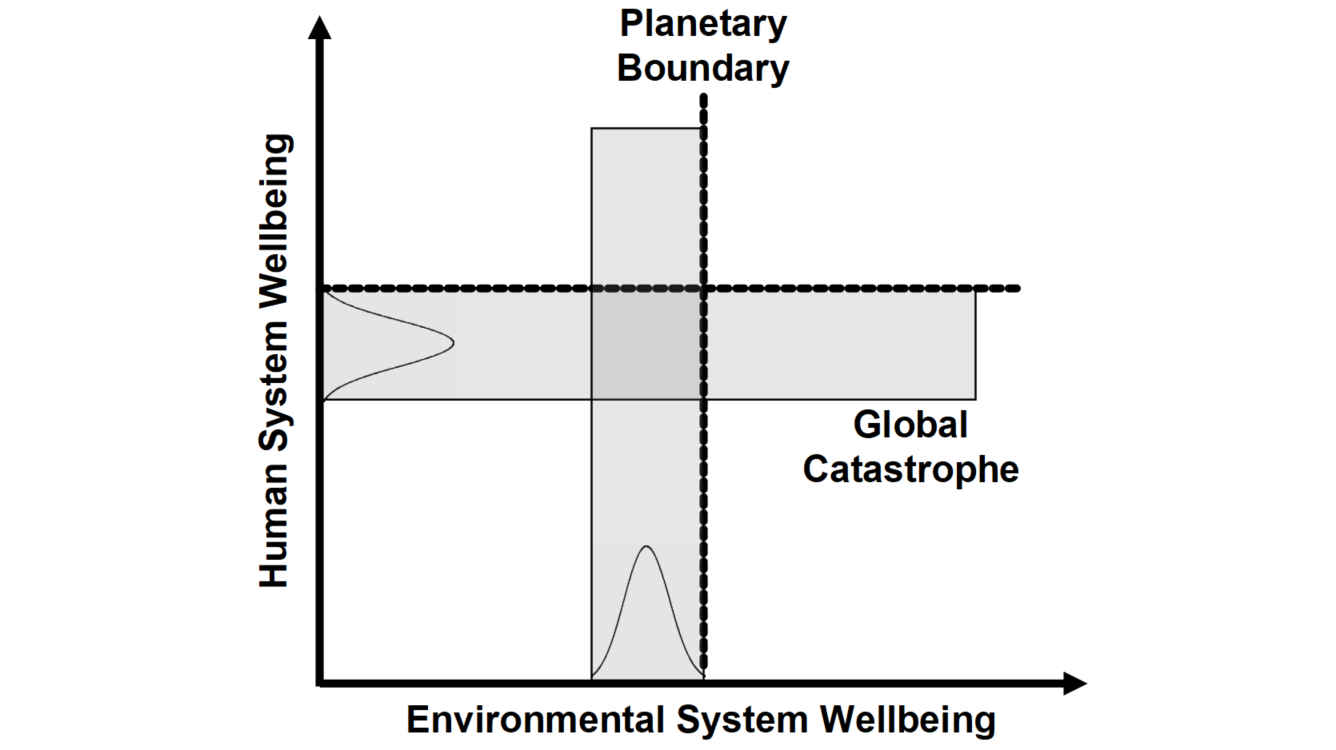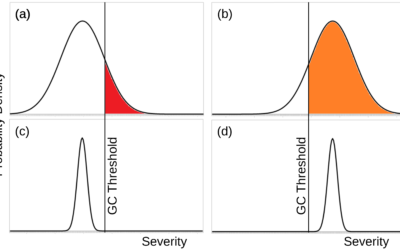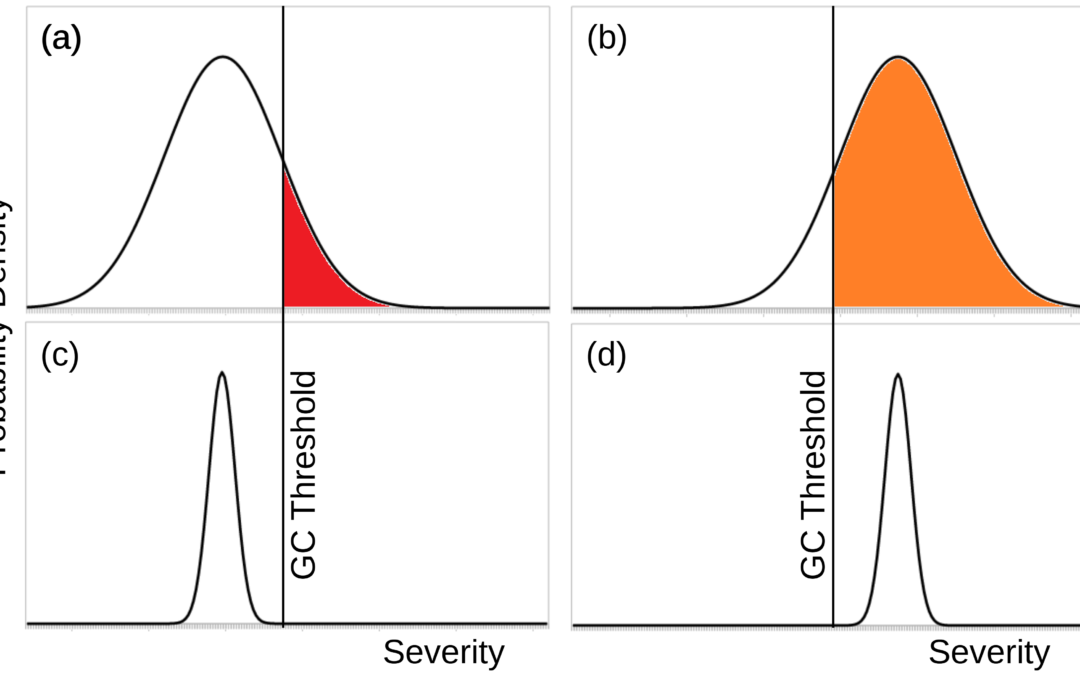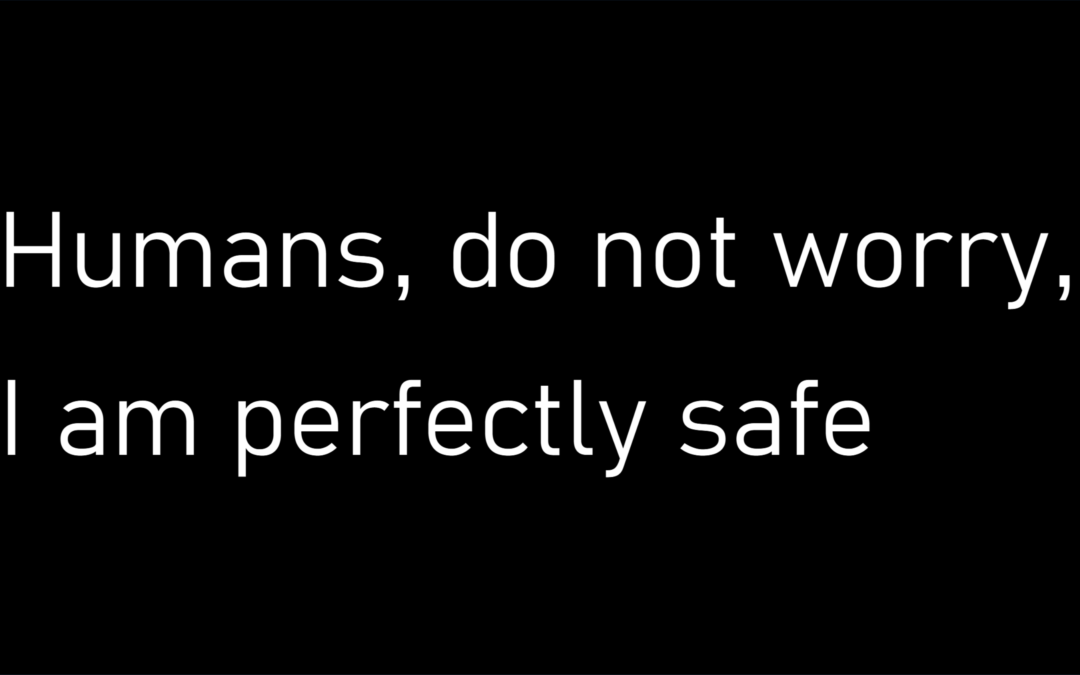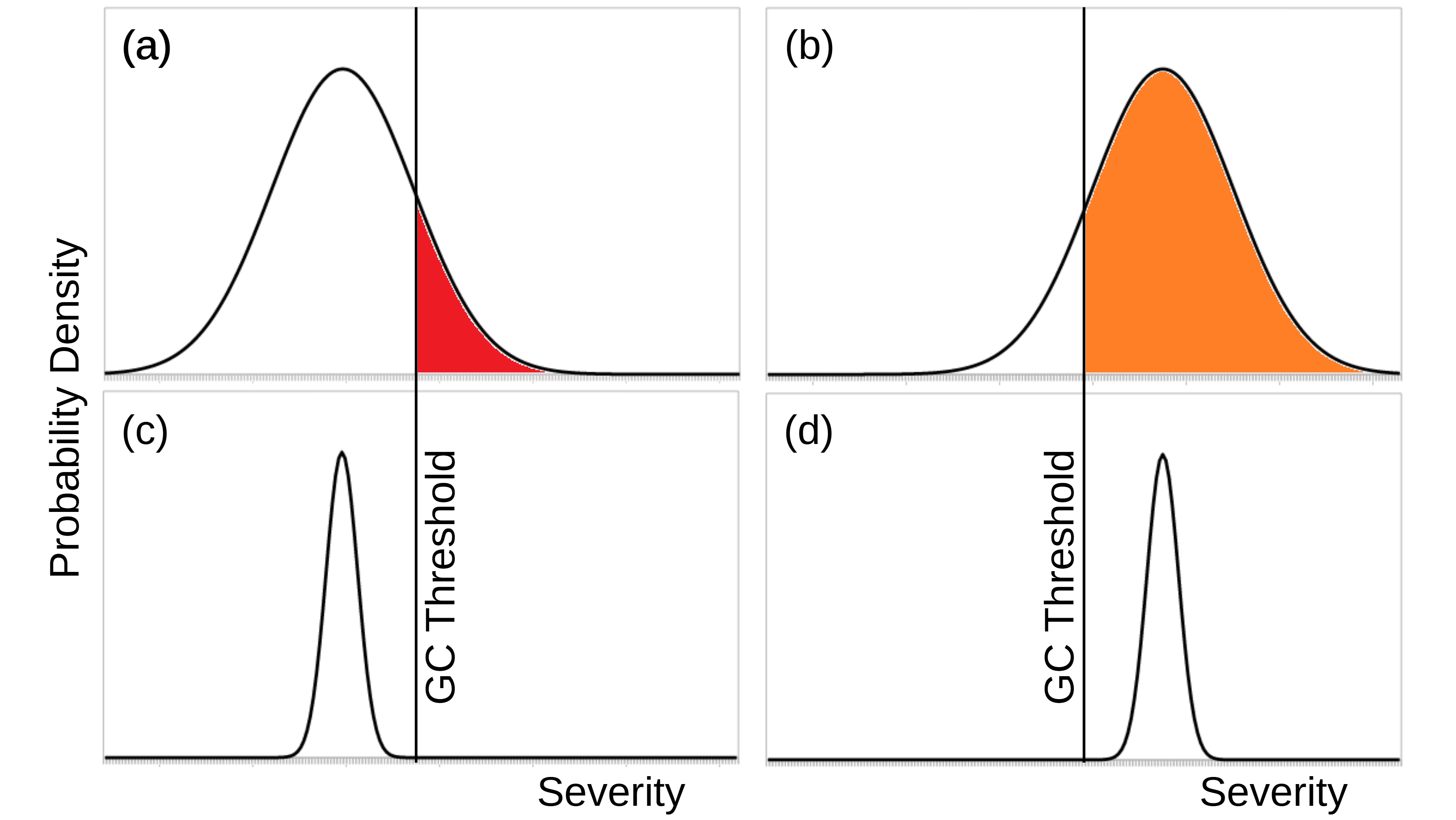This article, published by the Institute for Ethics and Emerging Technologies, summarizes the GCRI paper Integrating the planetary boundaries and global catastrophic risk paradigms.
The article begins as follows:
Handoh and I share an interest in taking a big-picture perspective on human-environment interactions. I first learned of his work from his paper On the timescales of sustainability and futurability, which criticizes traditional sustainability research for focusing on the next 100 years and falls for research using time scales of at least several centuries and possibly much longer. I completely agree with this. Indeed, I also emphasize very long time scales for sustainability, for example in my paper Adaptation to and recovery from global catastrophe.
It was with this big-picture perspective that led Handoh and I to discuss the planetary boundaries (PBs) and global catastrophic risk (GCR) paradigms. PBs research comes from the Earth system science research community and follows in the tradition of global-scale human-environment research like that in The Limits to Growth. GCR research comes from a mix of economics, ethics, risk analysis, and a few assorted other fields.
Handoh and I saw that PBs and GCR were different but complementary conceptual frameworks. So, we set about integrating them into a new framework, which we now call Boundary Risk for Humanity and Nature, or BRIHN, which is in part in honor of Handoh’s group RIHN where we did the preliminary work.
The remainder of the article is available in PDF archive.
Image credit:
This blog post was published on 17 April 2024 as part of a website overhaul and backdated to reflect the time of the publication of the work referenced here.

